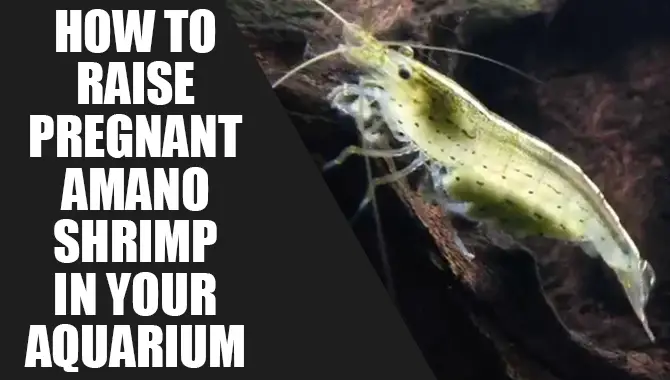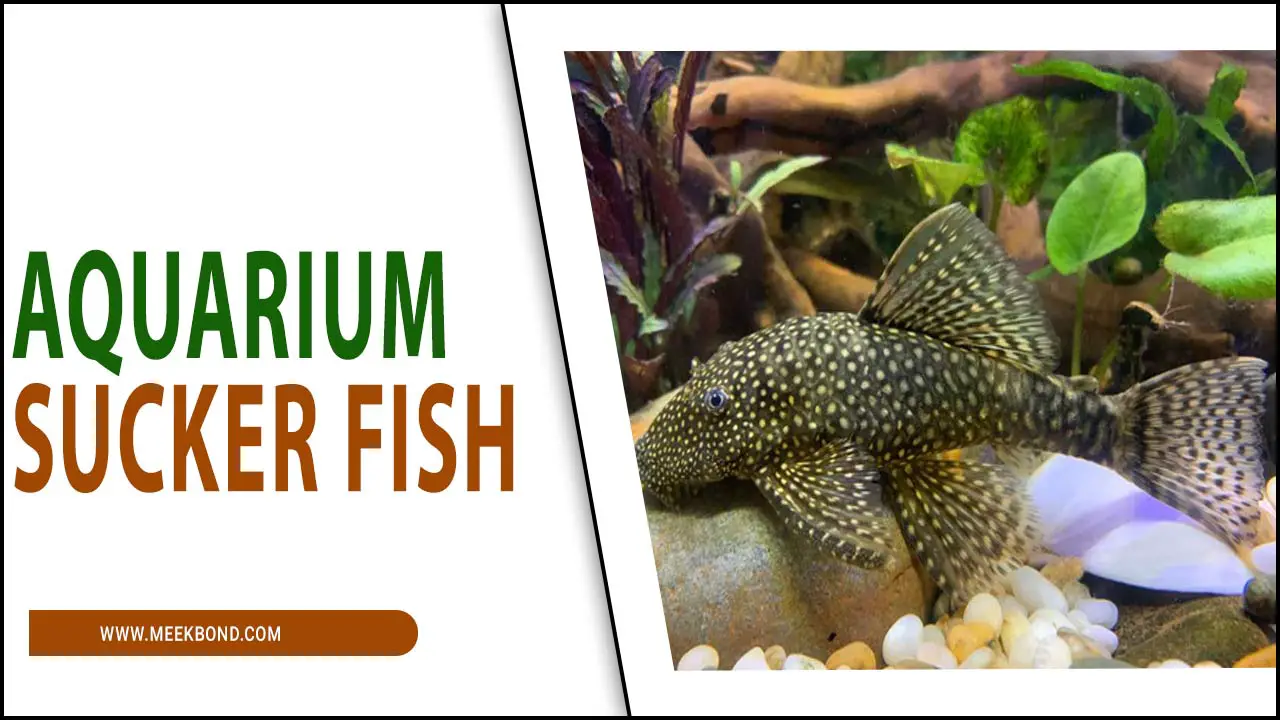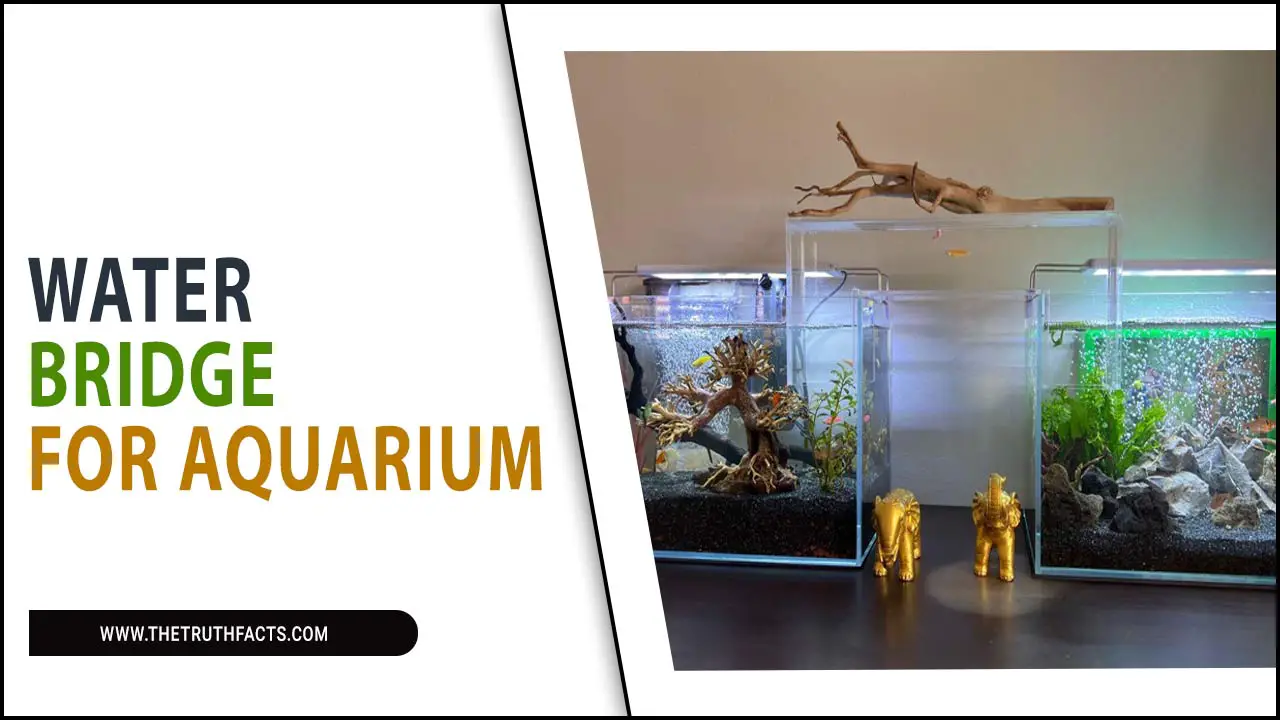A DIY canister filter is a budget-friendly and customizable option for aquarium enthusiasts. By using readily available materials and following simple instructions, you can create your own filtration system that suits the specific needs of your aquarium.
Here we will provide a step-by-step guide to building your DIY-canister filter, along with tips on choosing the right materials for durability and efficiency. We will also explain the importance of canister filters in fish tank and their benefits and limitations.
Additionally, you’ll learn how to customize your DIY-canister filter for different aquarium types and maintenance tips to keep it functioning at its best. Investing in a DIY-canister filter will save you money and give you the satisfaction of creating something useful for your beloved aquatic pets.
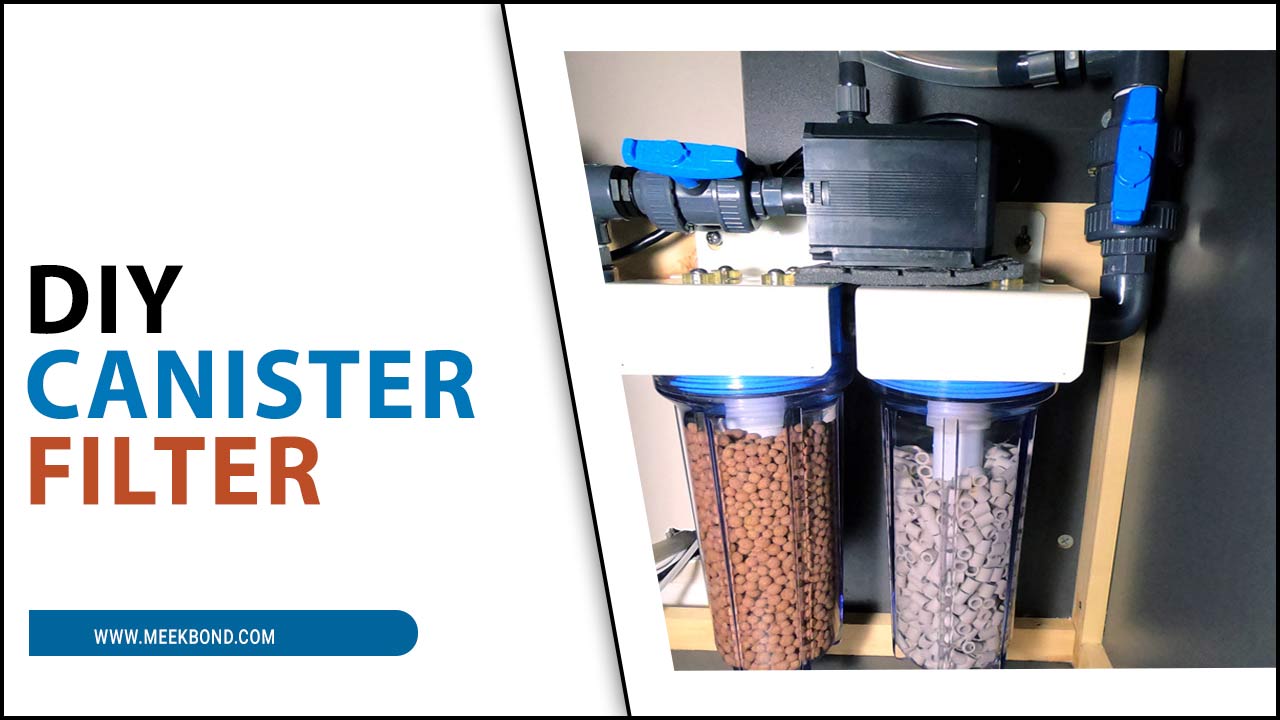
Step-By-Step Guide To Building Your DIY Canister Filter
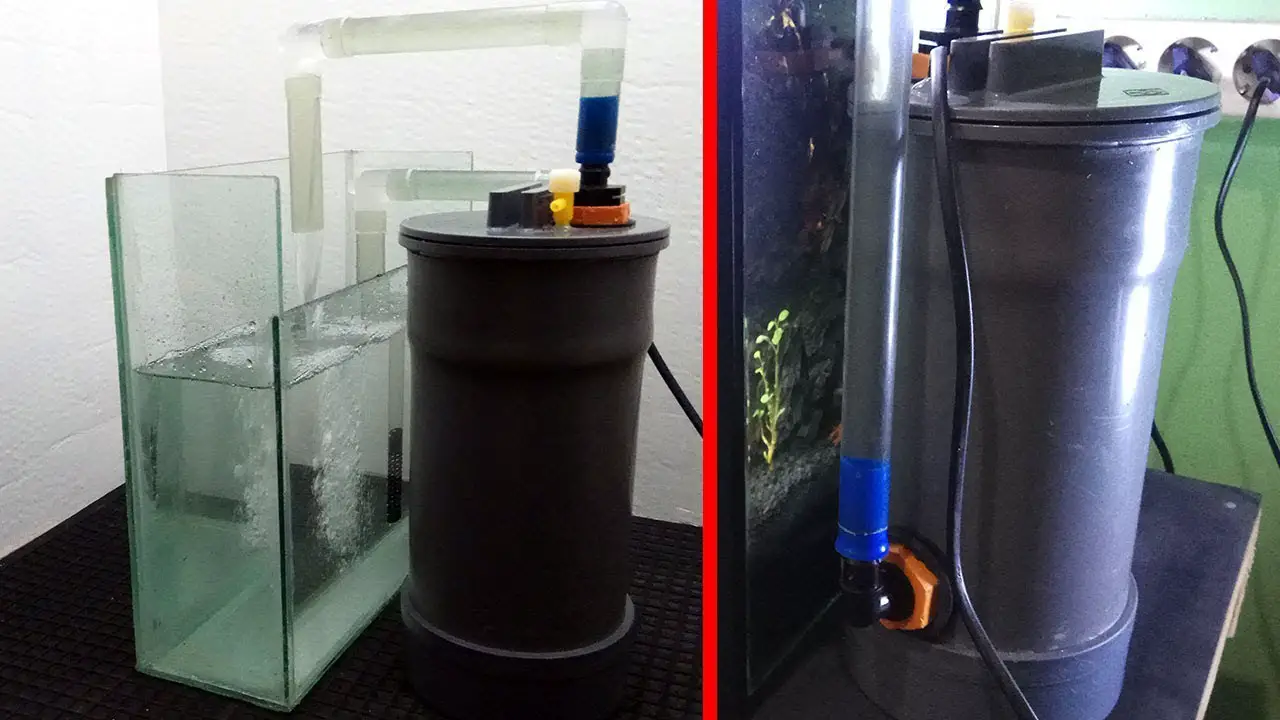
Gather all the materials and tools needed to build your DIY canister filter. Pay attention to detail as you assemble the canister filter to ensure proper function. Next, install the necessary tubing and fittings to facilitate water flow. Testing the canister filter for leaks and making any necessary adjustments is important.
Once your DIY-canister filter is up and running, maintain and clean it regularly for optimal performance. By following these steps, you can create a customized filtration system for your aquarium while saving money. Here are the full process of building your DIY-conister filter.
Preparing Your Materials
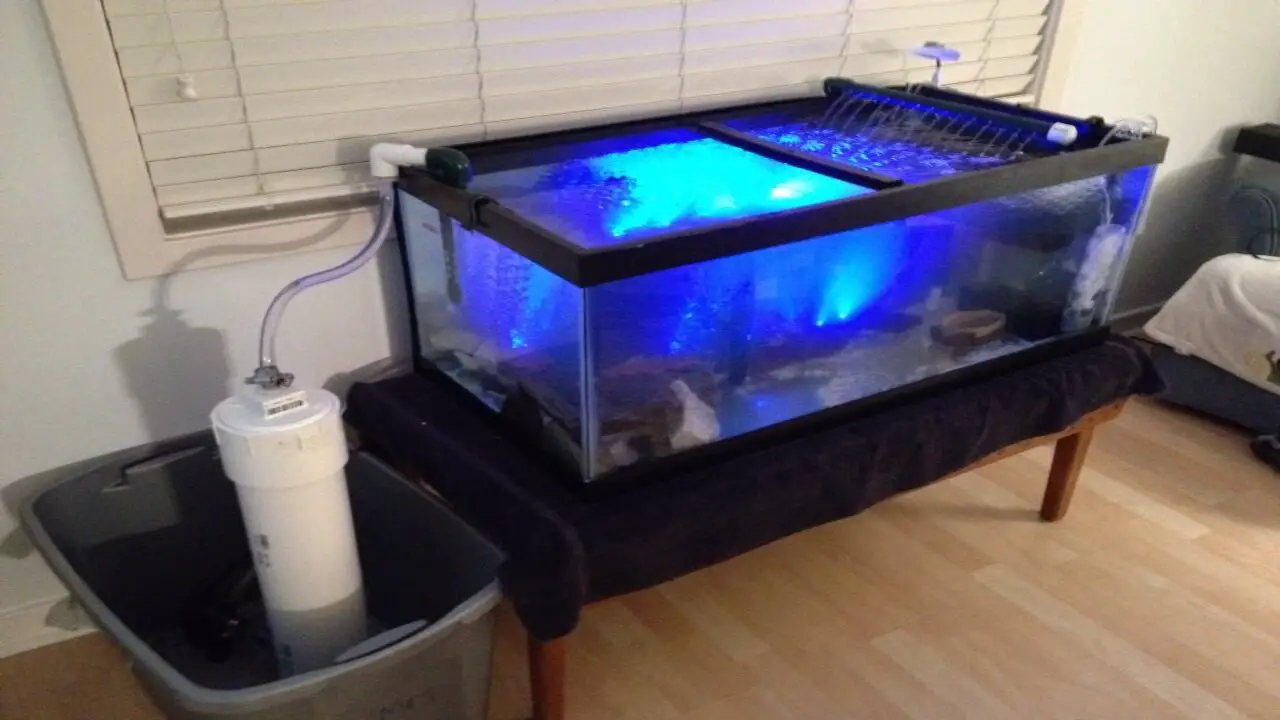
Selecting the right materials for the job is important to start building a DIY-canister filter. This includes PVC pipes, fittings, and filter media. Consider the size of your fish tank and the specific filtration needs of your aquatic species when choosing these materials.
Additionally, gather tools such as a drill, saw, and silicone sealant for the assembly process. Before you begin, ensure all the materials are thoroughly cleaned and rinsed. Properly preparing and selecting the right materials can create a durable and effective DIY-canister filter for your aquarium.
Assembling Your Diy-Canister Filter
You will need basic materials like PVC pipes, filter media, and a pump to assemble your DIY-canister filter. Start by cutting and fitting the pipes together to create the canister structure. Then, place the filter media, such as foam or ceramic rings, inside the canister to trap debris and purify the water. Connect a pump to the canister to allow water to flow through the filter media and back into the aquarium. Remember to perform regular maintenance, such as cleaning the filter media, to ensure optimal operation.
Testing And Troubleshooting Your DIY-Canister Filter

Testing and troubleshooting your DIY-canister filter is crucial to ensure proper functioning and prevent leaks. Regular tests allow you to identify any issues, such as low flow, noise, or leaks, and address them promptly. With the right tools and knowledge, troubleshooting these common problems becomes easier.
Regular maintenance on your DIY-canister filter is necessary to keep it running smoothly and extend its lifespan. Cleaning and replacing the filter media regularly is important to maintain water quality and prevent clogs. Following safety precautions and instructions is vital when working with DIY-canister filters.
Understanding The Basics Of Canister Filters For Fish Tanks
Canister filters for fish tanks operate by pulling water through the filter media and returning it to the tank. DIY-canister filters offer a cost-effective and customizable alternative. These filters consist of various components, including the filter body, hoses, filter media, and a pump.
The filter media can be tailored based on the specific needs of your fish and plants. Proper maintenance, such as regular cleaning and filter media replacement, is essential to ensure the longevity of your DIY-canister filter.
Importance Of Canister Filters In A Fish Tank
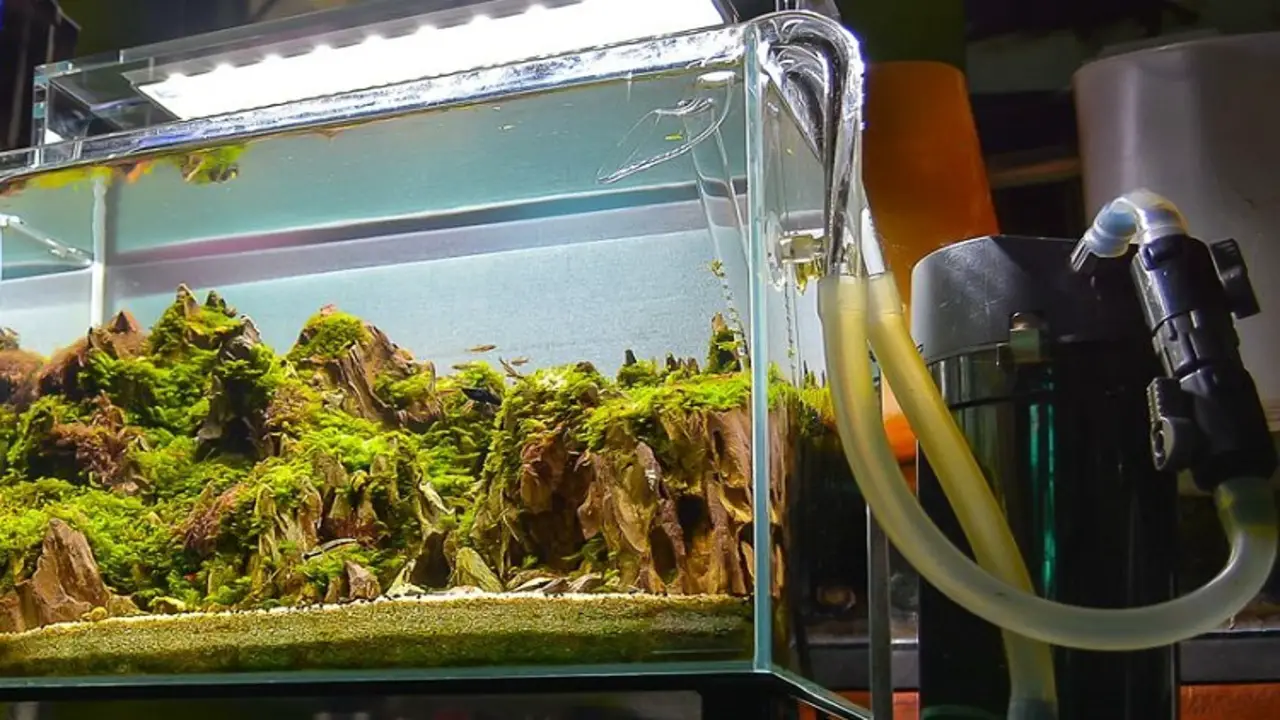
Canister filters are crucial in maintaining a clean and healthy environment for fish and aquatic life in your aquarium. These filters effectively remove debris, waste, and impurities from the water, promoting better water quality. They are essential to any fish tank setup, as they help prevent water pollution and keep the tank inhabitants safe and healthy.
DIY-canister filters offer a cost-effective and customizable filtration option, allowing you to tailor the filter design to meet the specific needs of your aquarium. Building your own canister filter can be a rewarding DIY project for aquarium enthusiasts.
Benefits And Limitations Of DIY-Canister Filters
When it comes to DIY-canister filters, there are both benefits and limitations to consider. One of the main advantages is the potential for cost savings and customization options. By building your own filter, you can control the materials’ quality and tailor the design to fit your specific aquarium needs.
However, it’s important to be aware of the limitations as well. DIY filters may have a higher risk of leaks and require regular maintenance. Despite these challenges, many aquarium enthusiasts find the process of constructing their own filter to be rewarding and satisfying. With proper planning and research, you can create a successful and effective DIY-canister filter for your fish tank.
How Long Does It Take To Build A DIY-Canister Filter?
If you’re looking to build a DIY-canister filter for your fish tank, it’s important to note that the time it takes can vary depending on your skill level and the complexity of the design. Generally, it can take anywhere from 2 to 4 hours to complete. However, additional time may be required if you choose a more intricate design or need modifications. To ensure optimal filter functionality, taking time during the building process and carefully following instructions is crucial.
Maintenance Tips For Your DIY-Canister Filter
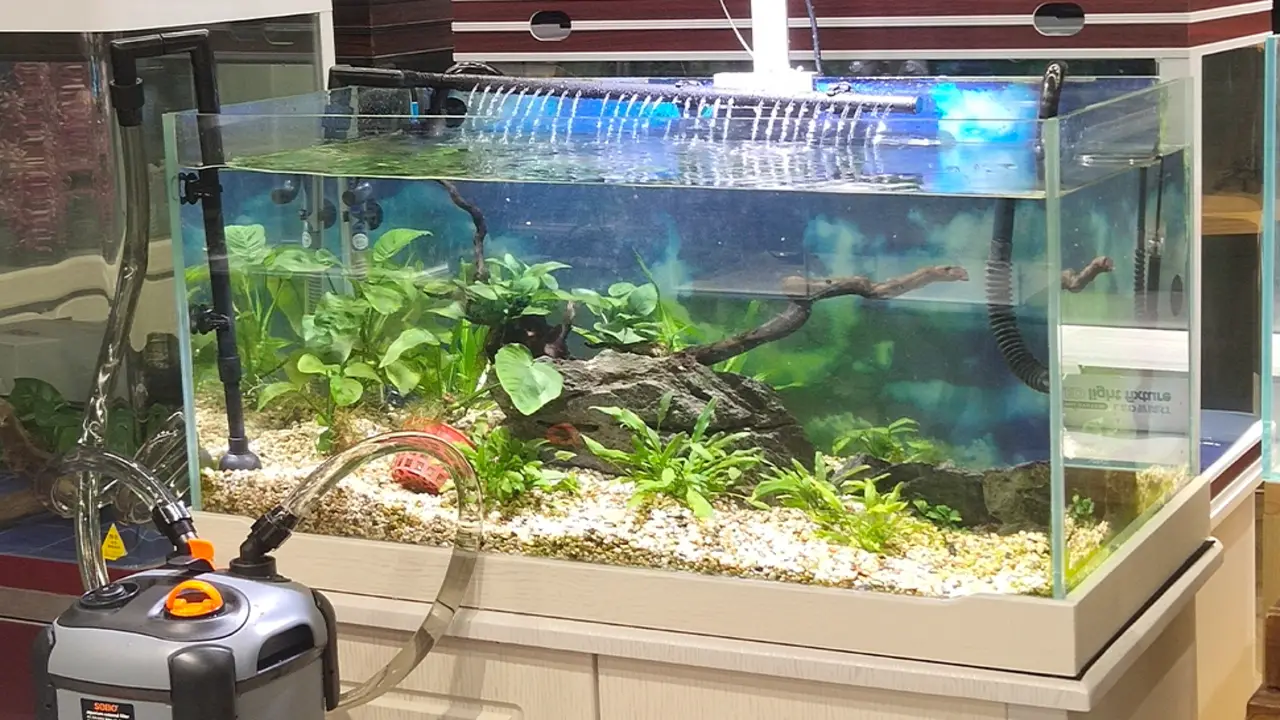
Regular maintenance is crucial for ensuring the efficiency of your DIY-canister filter. It’s important to replace the filter media, such as activated carbon or ceramic rings, every 3-6 months. Before reusing the filter media, rinse it thoroughly to remove any excess debris. Monitor the water flow and pressure closely to ensure the filter works properly. If you notice any signs of leaks or damage, address them immediately to prevent further harm to your fish tank.
Regular Cleaning And Filter Media Replacement
Regular maintenance is crucial for the optimal performance of your DIY-canister filter. The frequency of cleaning depends on your tank size and fish population. Regularly replace the filter media to prevent clogging and ensure maximum filtration efficiency.
Proper cleaning and maintenance will prolong the lifespan of your filter. Always follow manufacturer instructions when replacing the media and cleaning the canister filter. Keep an eye on water flow and pressure. Address any leaks or damage promptly to avoid further harm to your aquarium.
Customizing Your DIY-Canister Filter For Different Aquarium Types
Customizing your DIY-canister filter for different aquarium types is essential to meet the unique needs of each tank. Whether you have a freshwater, saltwater, or planted aquarium, customizing your filter allows you to optimize the water flow rate, select appropriate filter media, and accommodate the specific tank size.
DIY-canister filters offer cost-effective options that are easy to assemble and provide flexibility in customization. By designing a well-tailored filter, you can ensure the removal of impurities and maintain water clarity, promoting a healthy aquatic environment.
How Cost-Effective Is A DIY-Canister Filter Vs. Store-Bought?
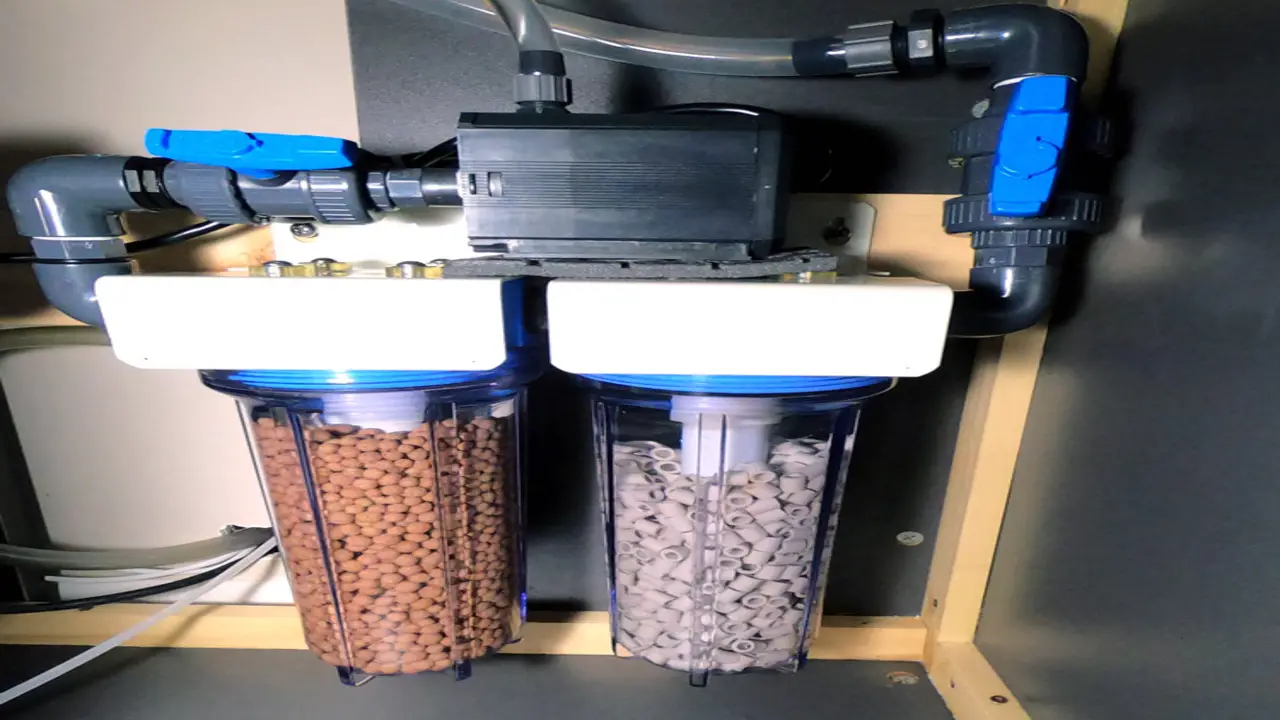
The cost-effectiveness of DIY versus store-bought options regarding canister filters depends on the materials used. While DIY filters are cheaper, store-bought ones may include additional features such as UV sterilization. However, constructing a DIY filter requires technical expertise and time. Ultimately, your choice should be based on your specific requirements and budget.
Remember that DIY filters can be customized to your needs and may provide a more personalized solution for your aquarium or pond filtration needs. On the other hand, store-bought filters often come with warranties and customer support, which may be beneficial if you encounter any issues. When making a decision, it is important to consider all factors, such as cost, features, technical skill required, and warranty/customer support, before making a final decision.
Conclusion
Building your DIY-canister filter for your fish tank can be rewarding and cost-effective. It allows you to customize the filter according to your needs and preferences. Following the step-by-step guide and understanding the basics of canister filters, you can create a filter that ensures clean and healthy water for your fish. Regular maintenance and cleaning are essential to keep the filter running efficiently.
Additionally, replacing the filter media as needed will help maintain optimal filtration. Consider the specific requirements of your aquarium type when customizing your DIY-canister filter. Building a DIY canister filter is a great way to save money and provide your fish a clean and thriving environment.
Frequently Asked Questions
Why Canister Filters Be Airtight?
Canister filters must be airtight to maintain water pressure and flow. An airtight seal prevents leaks and ensures all water passes through the filter media. Seals, gaskets, and clamps create an airtight environment. Regularly check and replace damaged seals for optimal filter effectiveness.
What Is A Canister Filter, And How Does It Work?
A canister filter is an external aquarium filter that utilizes a canister to hold different filter media. Water is pumped from the tank into the canister, where it undergoes various stages of filtration before being reintroduced to the tank. Canister filters effectively remove debris and chemicals and support the growth of beneficial bacteria in the aquarium.
Are DIY-Canister Filters Just As Good As Store-Bought Ones?
Regarding DIY-canister filters, their effectiveness depends on the quality of materials and construction. While store-bought filters are generally more reliable and efficient, DIY filters offer customization options and are budget-friendly. Regular maintenance is key for both options to ensure optimal performance.
Is A Canister Filter Overkill?
Canister filters may seem like overkill for small or lightly stocked aquariums. However, they are crucial in maintaining water quality in larger or heavily stocked tanks. Matching the filter size to the tank’s needs and considering cost and maintenance are important factors when deciding if a canister filter is necessary.
What Are The Benefits Of Using A Canister Filter?
Canister filters offer superior filtration, customizability, and versatility for fresh and saltwater aquariums. They are efficient, quiet, and easy to maintain. With a larger media capacity, canister filters require fewer filter changes.

Aquarium passion is all about connecting with the aquatic life and providing education to the public on the importance of these creatures. We showcase a wide variety of marine life through our exhibits as well as working with schools to provide unique learning opportunities for students of all ages.


